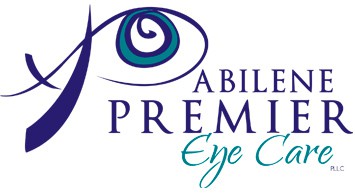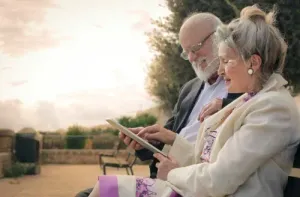Ophthalmologists Encourage Making Your Eyes Part of a Healthy Aging Strategy
Nearly two-thirds of American adults report eye or vision problems, but only one in eight have been examined by a medical doctor
Read More…
https://www.aao.org/newsroom/news-releases/detail/making-eyes-part-of-healthy-strategy
One in six Americans age 65 and older have a vision impairment that cannot be corrected with glasses or contact lenses. The risk of eye disease increases with age, yet many older adults neglect to see an ophthalmologist for care. To bring attention to taking care of our eyes as we age, the American Academy of Ophthalmology celebrates Healthy Aging Month to raise awareness of the signs and symptoms of vision loss – and steps to help seniors take care of their sight.
Tips for Eye Health in Adults Over 65
Systemic Health Problems: What Affects the Body Affects the Eyes
As we age, we are more likely to develop systemic health problems like high blood pressure, heart disease or diabetes. It’s important to remember that these diseases can seriously damage your eyes as well. One warning sign of both high blood pressure and diabetes: frequent changes in vision (such as blurriness).
Always tell your ophthalmologist about your health conditions and what medications and nutritional supplements you take. They will also want to know about your eating, sleeping, exercise and other lifestyle choices. Remember: you and your ophthalmologist are partners in caring for your vision.
Low Vision Doesn’t Have to Mean Low Ability
The term low vision describes vision loss that makes daily tasks difficult. It’s important to know that normal aging of the eye does not lead to low vision; it is a result of eye disease, injury or both.
Low vision symptoms include loss of central and/or peripheral (side) vision, blurred or hazy vision or night blindness. A person may have trouble recognizing faces, reading, driving and shopping. If you experience any of these problems, it is important to see your ophthalmologist. They will check for and treat any underlying conditions and recommend low vision resources, rehabilitation, aids and devices to help with reading and other daily tasks.
Thankfully, technology and training are helping people adjust to life with low vision. Today’s low vision devices, magnifiers, computer tools, games, resources and tactics can help make living with low vision successful and enjoyable.
Preventing Eye Injuries at Home Can Save Your Sight
Did you know about half of all eye injuries happen in or around the home, most often during improvement projects? The good news: nearly all eye injuries can be prevented by using protective eyewear. Every household should keep at least one pair of certified safety glasses on hand.
As we age, changes in vision and balance increase our risk of falling at home. Here are tips to prevent fall injuries to your body and eyes:
- Make sure that rugs and shower/bath/tub mats are slip-proof.
- Avoid small rugs that can be a trip hazard.
- Secure stair railings so that they are not loose.
- Cushion sharp corners and edges of furnishings and home fixtures.
- Increase lighting in the home to help you see better.
Nourish your Eyes With Exercise
Our eyes need good blood circulation and oxygen intake, which regular exercise provides. Exercise also helps keep our weight in the normal range, reducing the risk of sight-stealing diabetes.
Gentler exercises, including walking, yoga, tai chi, or stretching and breathing can be effective ways to keep healthy. Remember to practice sun safety tips and use protective eyewear when enjoying sports and recreation.
Sleep Well for Healthy Eyes
As we sleep, our eyes enjoy continuous lubrication. Also during sleep, the eyes clear out irritants such as dust, allergens, or smoke that may have accumulated during the day.
Research suggests that light-sensitive cells in the eye are important for regulating our wake-sleep cycles. This becomes even more important as we age, when more people have problems with insomnia. While it’s important to protect our eyes from over-exposure to UV light, our eyes do need exposure to some natural light every day to help maintain normal sleep-wake cycles.
Women Are More Likely to Have Certain Eye Diseases
Women are more likely than men to have glaucoma, and are also more likely to suffer from vision loss or blindness from glaucoma. Cataract is somewhat more common in women, as well.
With their slightly higher risk for eye disease, women should be sure to follow the Academy’s eye screening guidelines and follow through with their ophthalmologist’s appointment schedules and treatment plans.
References:

